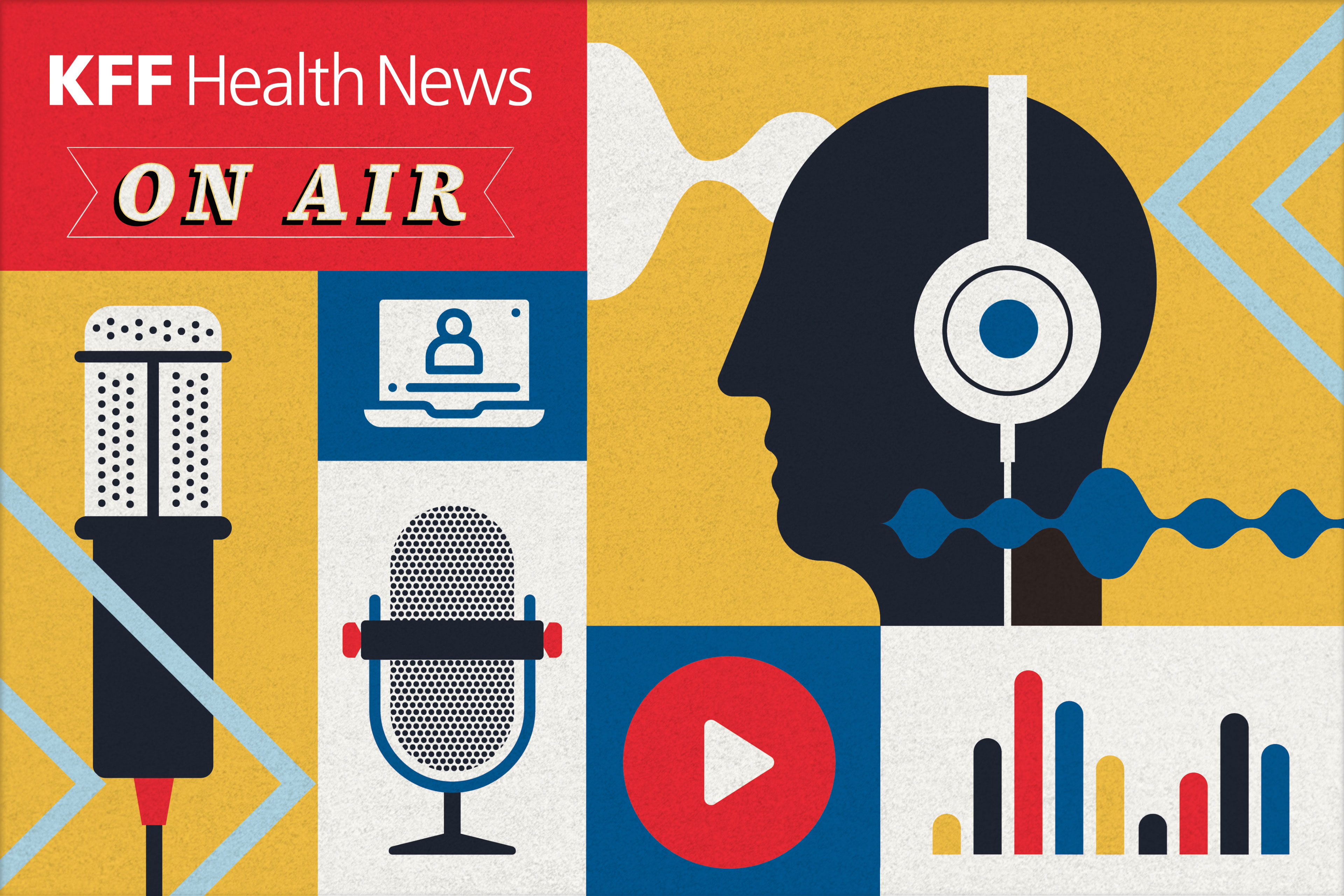State Health Policy and Data
New and noteworthy
State Health Facts
More than 800 state-level health indicators can be mapped, ranked, and downloaded
Medicaid State Fact Sheets
Key data for Medicaid use in every state, including current coverage, access, and financing
Latest News
-

States Are Cutting Medicaid Provider Payments Long Before Trump Cuts Hit
-

Journalists Follow the Fallout of CDC Director’s Firing and Trump’s Health Policies
-

Kennedy’s Take on Vaccine Science Fractures Cohesive National Public Health Strategies
-

Exactech Will Pay $8M To Settle Lawsuits Over Defective Knee Implant Parts
Subscribe to KFF Emails
Choose which emails are best for you.
Sign up here